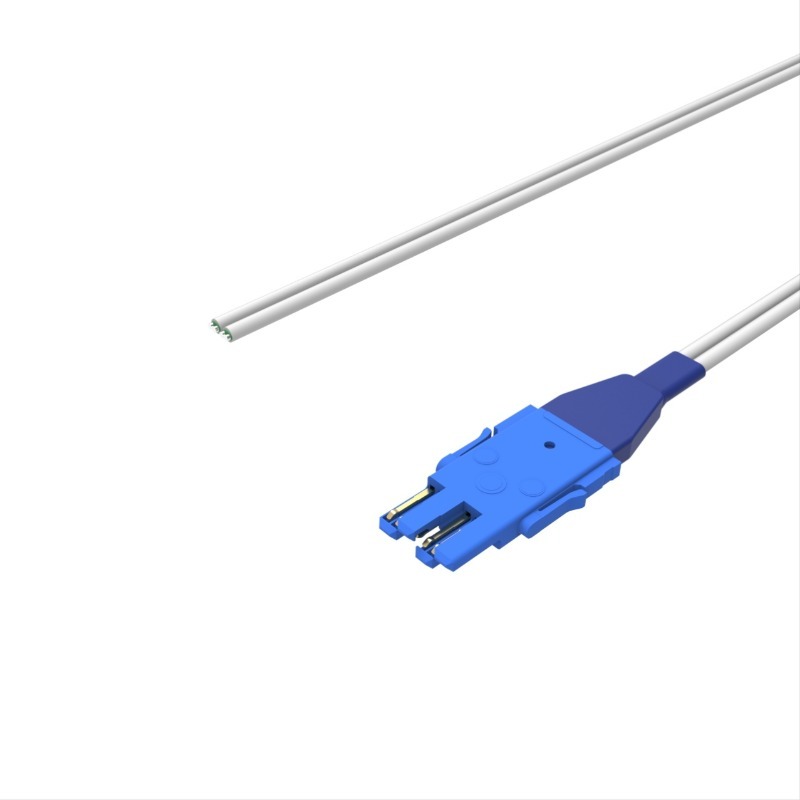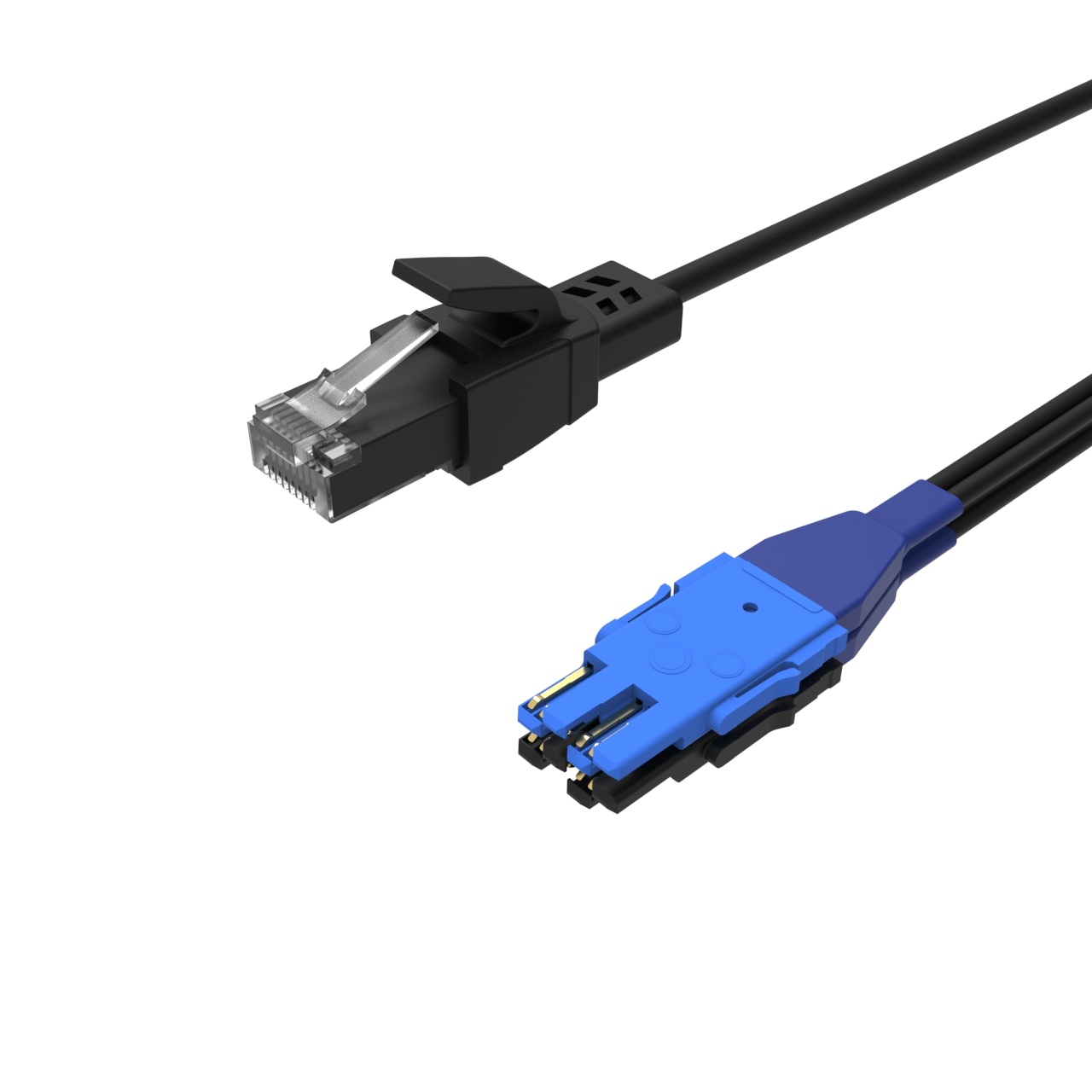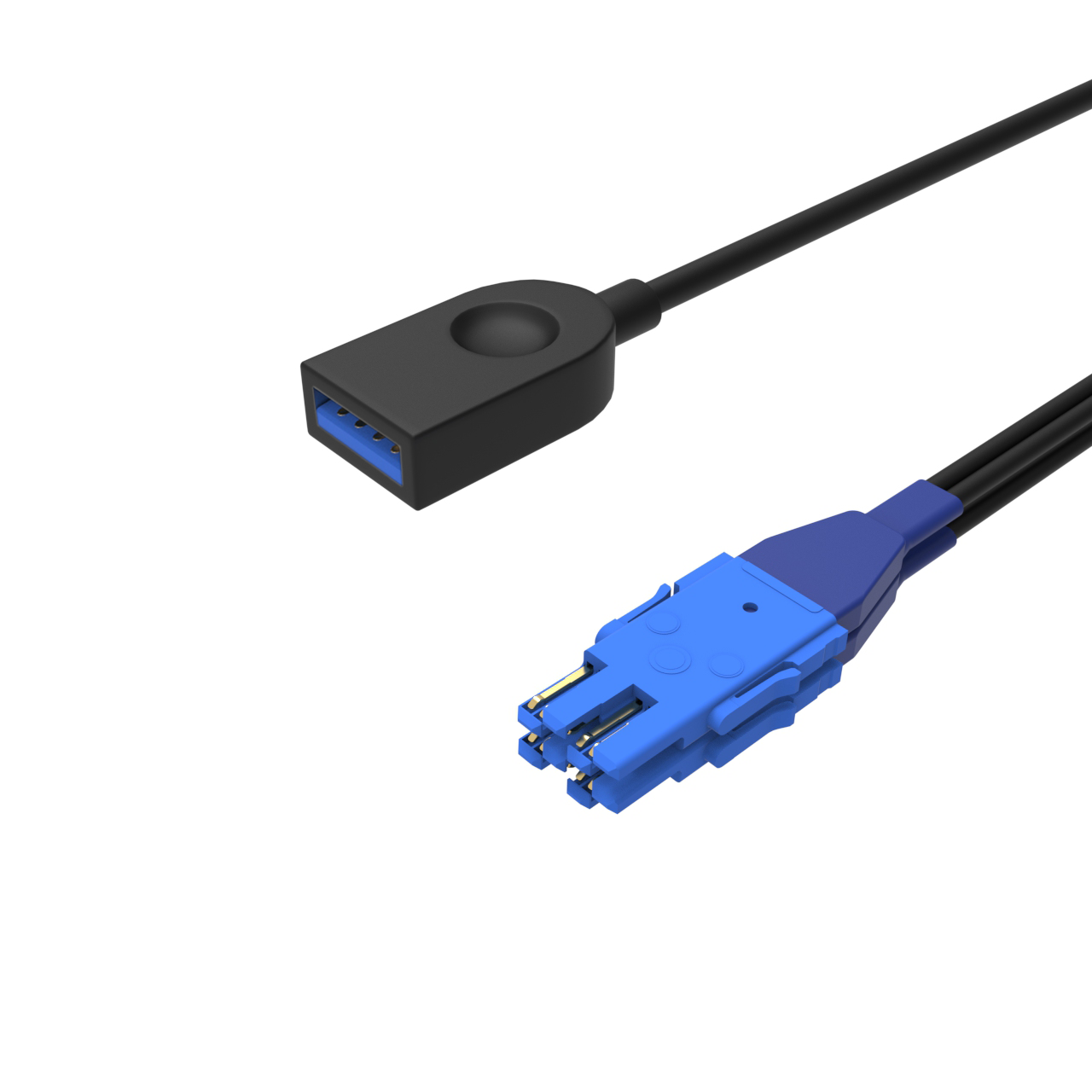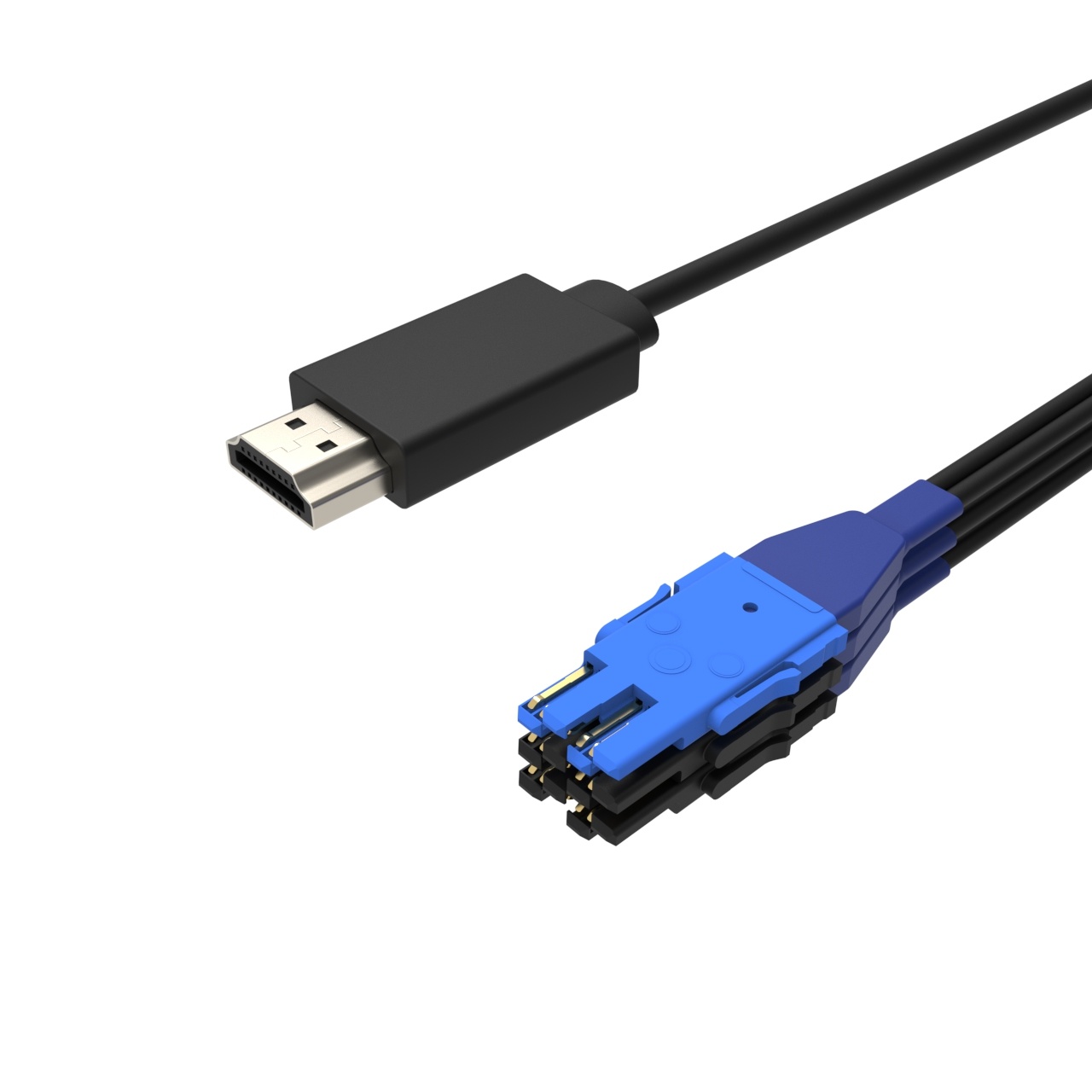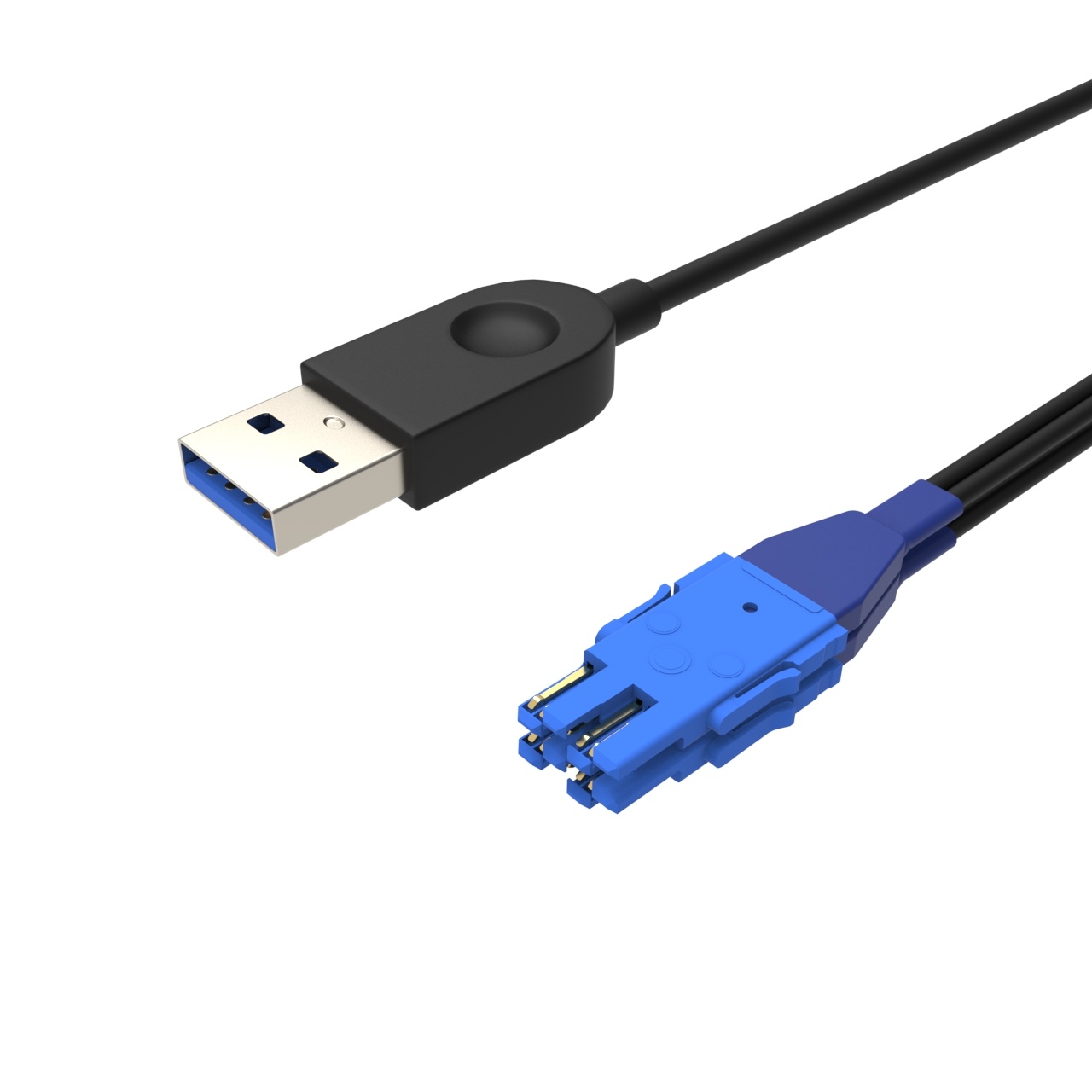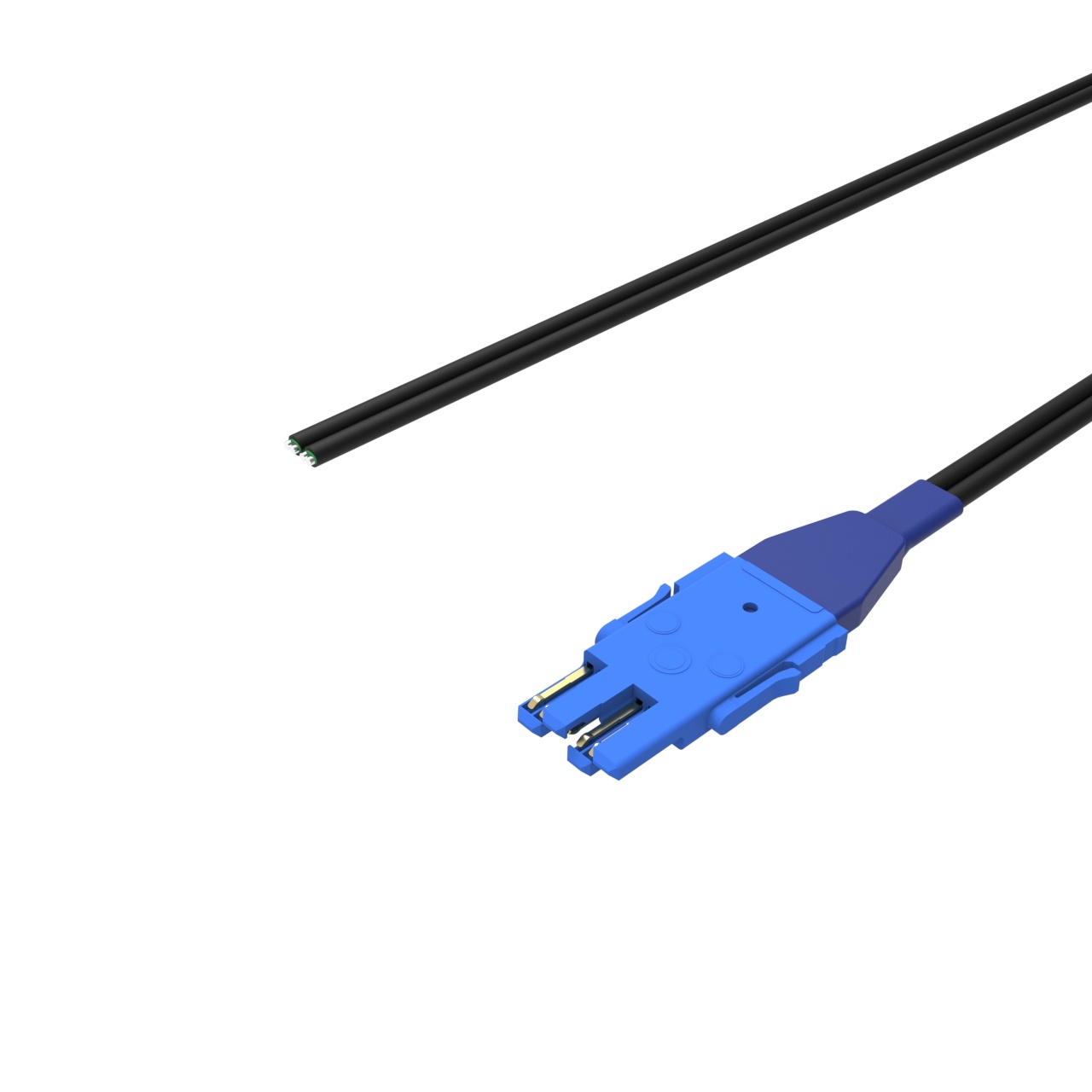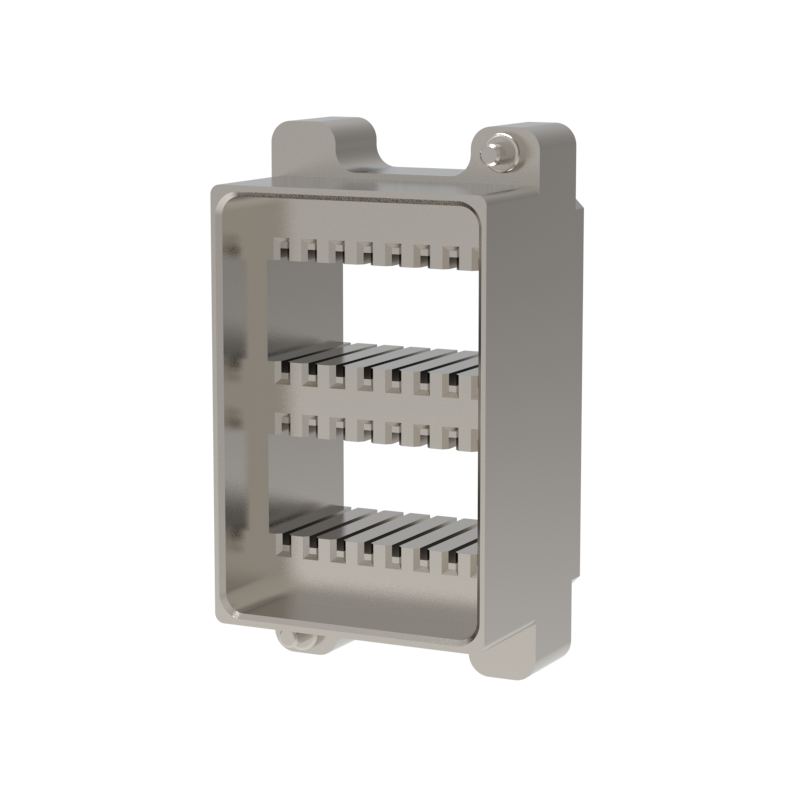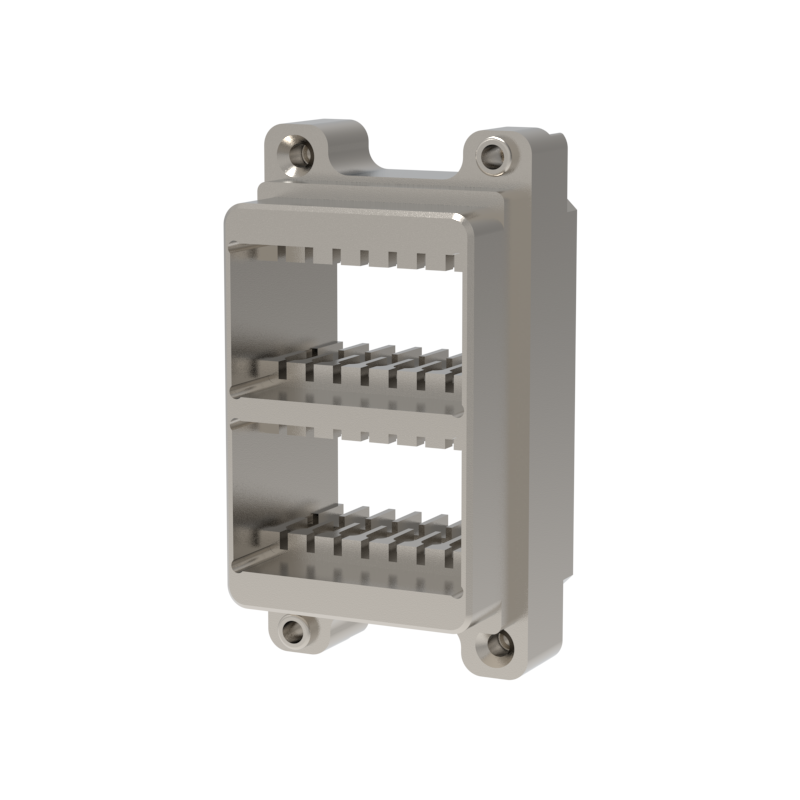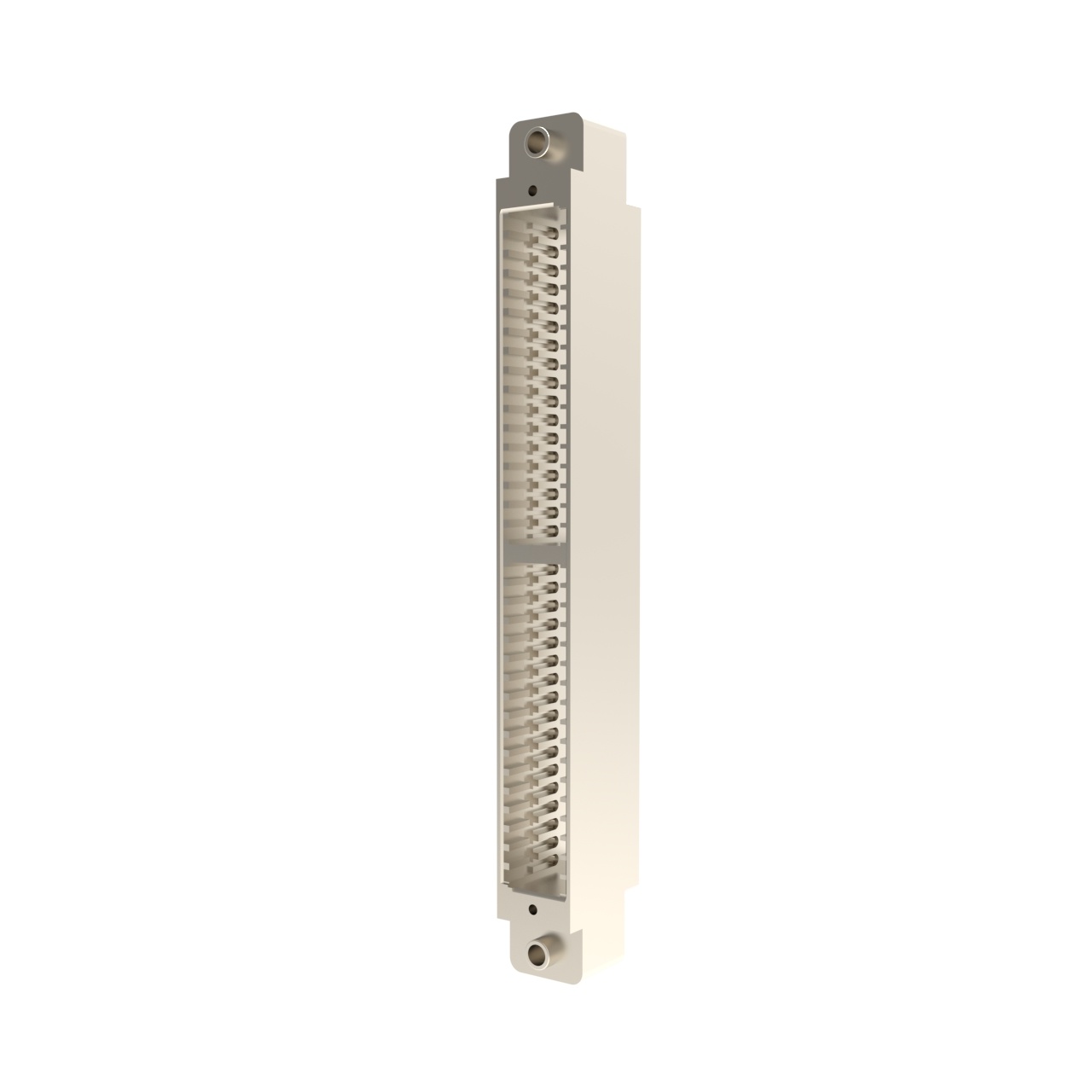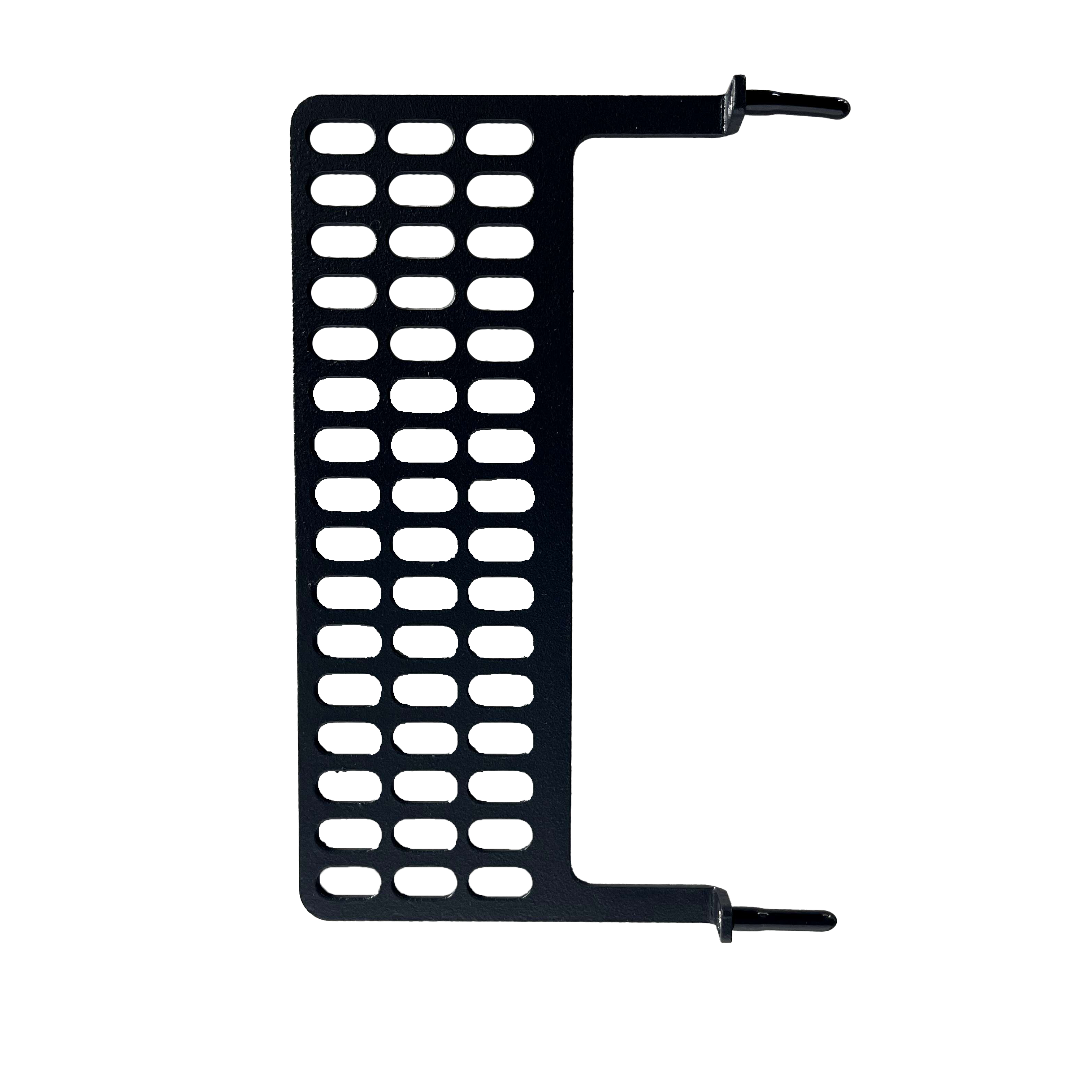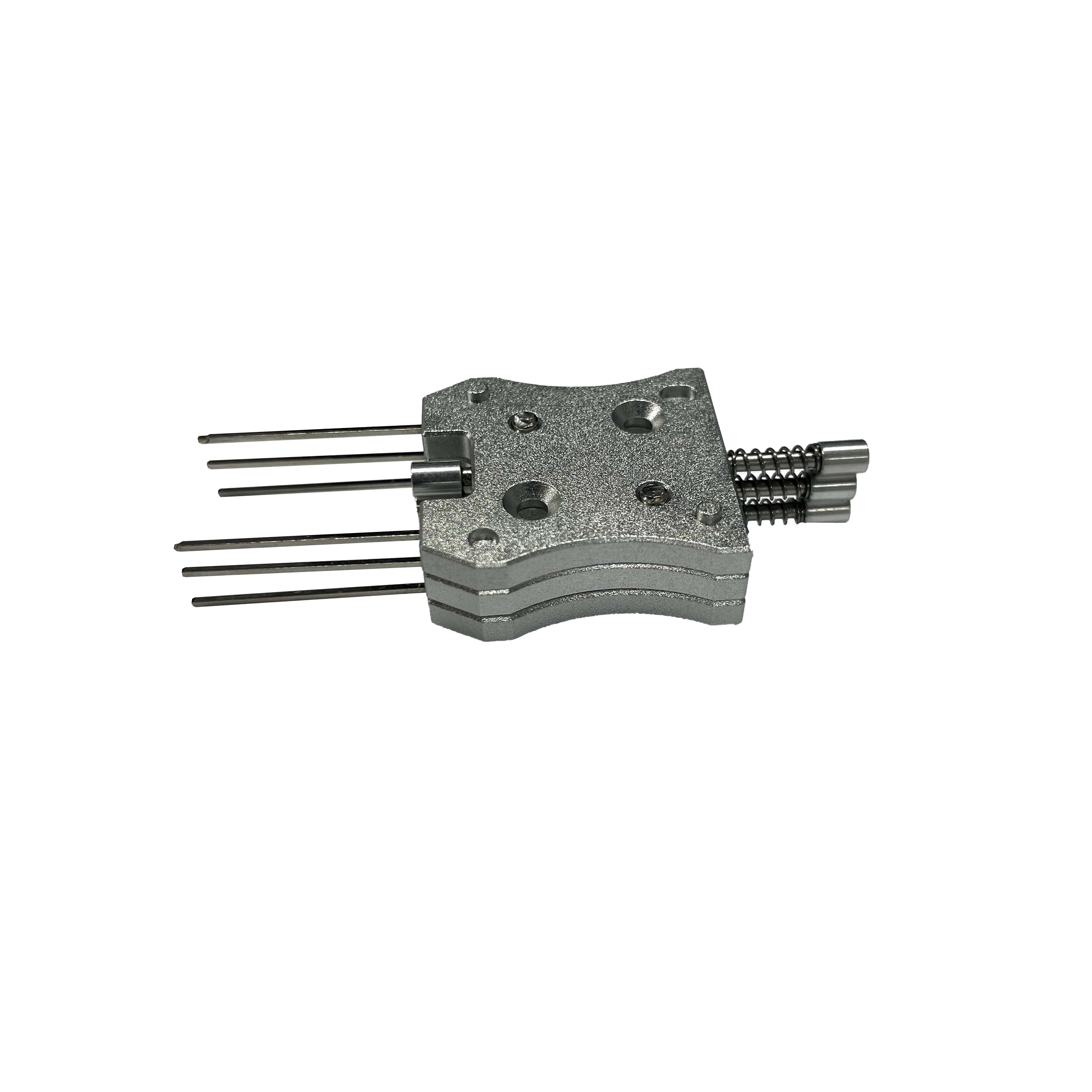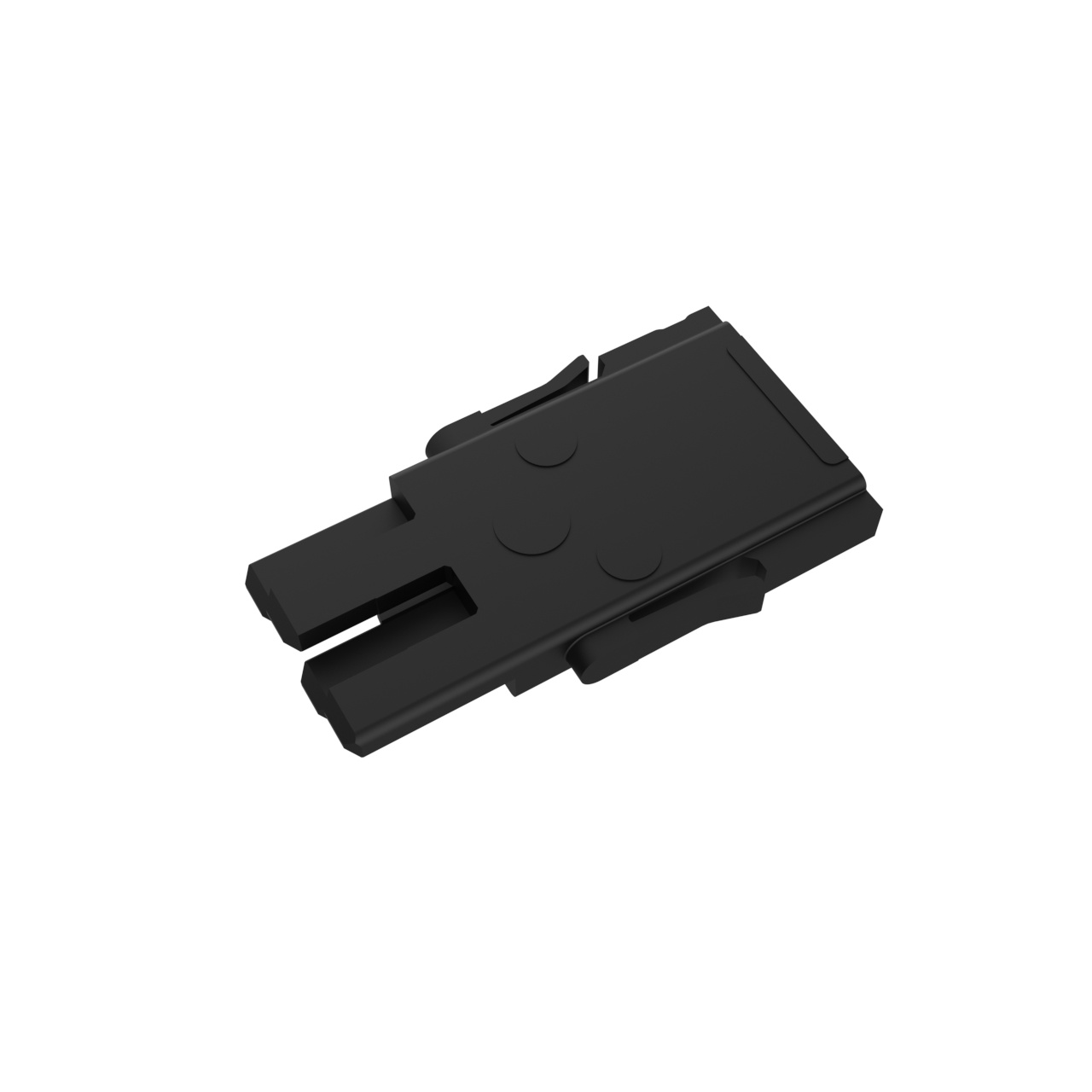
High-Speed Series: TPDC
With the advancement of bus technology, high-speed applications have become widespread—from military drones to commercial multimedia displays and automotive electronics. As a result, the demand for testing speeds has also evolved from Mbps to Gbps.
In the test: 1. How to ensure signal integrity;
2. How to jump from Mbps to Gbps;
3. How to ensure the product’s service life.
The TPDC CMV high-speed series connection solution launched by Tengfang Zhongke precisely meets the three requirements mentioned above.
According to the corresponding pinhole, the number of modules to choose the appropriate frame
According to the type: power supply, signal, data, coaxial, optical fiber, pneumatic and fluid, etc.; According to the signal characteristics: voltage, current, power, frequency, pressure, rate, etc.; According to the cable connection mode: crimping, welding; According to the corresponding pinhole, there will be a corresponding module selection, and the number of signals to select the corresponding module.
According to the corresponding pinhole, the number of modules to choose the appropriate frame
According to the type: power supply, signal, data, coaxial, optical fiber, pneumatic and fluid, etc.; According to the signal characteristics: voltage, current, power, frequency, pressure, rate, etc.; According to the cable connection mode: crimping, welding; According to the corresponding pinhole, there will be a corresponding module selection, and the number of signals to select the corresponding module.
According to the selected pinhole module frame, select the appropriate supporting tools and accessories
Choose the appropriate frame based on the corresponding pinhole and the number of modules.
According to type: power, signal, data, coaxial, fiber optic, pneumatic, and fluid, etc.; according to signal characteristics: voltage, current, power, frequency, pressure, rate, etc.; according to cable connection methods: crimping, welding; then based on the corresponding pinholes, there will be corresponding module selections, as well as selecting corresponding modules based on the number of signals.
Select appropriate supporting tools and accessories based on the chosen pinhole module framework.
Select the appropriate frame based on the corresponding number of pinholes and modules.
According to type: power, signal, data, coaxial, optical fiber, pneumatic, and fluid, etc.; according to signal characteristics: voltage, current, power, frequency, pressure, rate, etc.; according to cable connection methods: crimping, welding; then, based on the corresponding pinholes, there will be corresponding module selections, as well as signal quantity selections corresponding to the modules.
Select appropriate matching tools and accessories based on the chosen pinhole module framework.
Choose the appropriate frame based on the corresponding pinhole and the number of modules.
According to type: power, signal, data, coaxial, optical fiber, pneumatic, and fluid, etc.; according to signal characteristics: voltage, current, power, frequency, pressure, rate, etc.; according to cable connection methods: crimping, welding; then based on the corresponding pinholes, there will be corresponding module selections, as well as selecting corresponding modules based on the number of signals.
Select appropriate supporting tools and accessories based on the chosen pinhole module framework.
Choose the appropriate frame based on the corresponding pinhole and the number of modules.
According to type: power, signal, data, coaxial, fiber optic, pneumatic, and fluid, etc.; according to signal characteristics: voltage, current, power, frequency, pressure, rate, etc.; according to cable connection methods: crimping, welding; then based on the corresponding pinholes, there will be corresponding module selections, as well as selecting the corresponding module based on the number of signals.
Select appropriate supporting tools and accessories based on the chosen pinhole module framework.
Choose the appropriate frame based on the corresponding pinhole and the number of modules.
According to type: power, signal, data, coaxial, fiber optic, pneumatic, and fluid, etc.; according to signal characteristics: voltage, current, power, frequency, pressure, rate, etc.; according to cable connection methods: crimping, welding; then based on the corresponding pinholes, there will be corresponding module selections, as well as selecting the corresponding module based on the number of signals.
Select appropriate supporting tools and accessories based on the chosen pinhole module framework.
Choose the appropriate frame based on the corresponding pinhole and the number of modules.
According to type: power, signal, data, coaxial, fiber optic, pneumatic, and fluid, etc.; according to signal characteristics: voltage, current, power, frequency, pressure, rate, etc.; according to cable connection methods: crimping, welding; then based on the corresponding pinholes, there will be corresponding module selections, as well as selecting the corresponding module based on the number of signals.
Select the appropriate supporting tools and accessories based on the chosen pinhole module framework.
Choose the appropriate frame based on the corresponding pinhole and the number of modules.
According to type: power, signal, data, coaxial, fiber optic, pneumatic, and fluid, etc.; according to signal characteristics: voltage, current, power, frequency, pressure, rate, etc.; according to cable connection methods: crimping, welding; then based on the corresponding pinholes, there will be corresponding module selections, as well as selecting the corresponding module based on the number of signals.
Select appropriate supporting tools and accessories based on the chosen pinhole module framework.
Choose the appropriate frame based on the corresponding pinhole and the number of modules.
According to type: power, signal, data, coaxial, fiber optic, pneumatic, and fluid, etc.; according to signal characteristics: voltage, current, power, frequency, pressure, rate, etc.; according to cable connection methods: crimping, welding; then based on the corresponding pinholes, there will be corresponding module selections, as well as selecting corresponding modules based on the number of signals.
Select appropriate supporting tools and accessories based on the chosen pinhole module framework.
Choose the appropriate frame based on the corresponding pinhole and the number of modules.
According to type: power, signal, data, coaxial, fiber optic, pneumatic, and fluid, etc.; according to signal characteristics: voltage, current, power, frequency, pressure, rate, etc.; according to cable connection methods: crimping, welding; then based on the corresponding pinholes, there will be corresponding module selections, as well as selecting the corresponding module based on the number of signals.
Select the appropriate supporting tools and accessories based on the chosen pinhole module framework.
T216921000-xm signal jumper, ITA, TPDC to high temperature shielded twisted pair, 26AWG, x meters
T216920233-xm signal jumper, ITA, TPDC to CAT7 network cable plug, x meters
T216918231-xm signal jumper, ITA, TPDC to USB3.2 Gen1 socket, x meters
T216919232-xm signal jumper, ITA, TPDC to HDMI 2.0 plug, x meters
T216918230-xm signal jumper, ITA, TPDC to USB3.2 Gen1 plug, x meters
T216916000-xm signal jumper, ITA, TPDC to shielded twisted pair, 28AWG, x meters
CMV01155 High-speed signal terminal, ICA/ITA, 4 pairs 8 cores, 1 slot (sold only in jumper form)
T213921000-xm signal jumper, ICA, TPDC to high temperature shielded twisted pair, 26AWG, x meters
T213920233-xm signal jumper, ICA, TPDC to CAT7 type network cable plug, x meters
T213919232-xm signal jumper, ICA, TPDC to HDMI 2.0 plug, x meters
T213918230-xm signal jumper, ICA, TPDC to USB3.2 Gen1 plug, x meters
T213916000-xm signal jumper, ICA, TPDC to shielded twisted pair, 28AWG, x meters
T213918231-xm signal jumper, ICA, TPDC to USB3.2 Gen1 socket, x meters
CMV01155 High-speed signal terminal, ICA/ITA, 4 pairs 8 cores, 1 slot (sold only in jumper form)
CMV08428 TPDC, module, ITA, F series, 16 positions
CMV08328 TPDC, module, ICA, F series, 16 positions
CMV08243 High-speed Signal Module, ITA, V Series, 34 Slots, 272 Points
CMV08143 High-speed Signal Module, ICA, V Series, 34 Slots, 272 Points
CMV09071 stress plate, high-speed signal module, ICA/ITA, suitable for wiring harness solutions
CMV06209 exit tool, for high-speed signal terminals, ICA/ITA
CMV01154 High-Speed Terminal Filling Block

